
What’s your move when you’re a mass market industry that’s been around more than 100 years with consistent profitability – but with one problem:
Most Millennials seem to have nothing to do with you.
No, I’m not talking about broadcast radio – the focus of this post is the automotive industry.
Unlike their long-time partners – AM/FM radio – car makers are strategically confronting the reality that young people don’t necessarily need them, as there are other ways to get around.
In the same way consumers can listen to Spotify, SiriusXM, and podcasts while avoiding radio, the auto company has had to contend with Uber, Lyft, ride-sharing services, bicycles, and public transportation as Millennials find workarounds to buying cars.
And unlike radio, they’re proactively taking marketing steps to address this generational deficit.
That’s the topic of a new story in Marketing Dive by Robert Williams, “Car brands embrace buzz mobile media to reach millennial cord-cutters.”
Williams breaks down the speed bumps automakers have faced in reaching and appealing to Millennials. As the automakers are finding out, many in their twenties and thirties are cord-cutters – thus, marketing to them with conventional media (TV, print, and yes, radio) is not likely to have great success.
and thirties are cord-cutters – thus, marketing to them with conventional media (TV, print, and yes, radio) is not likely to have great success.
That’s why more and more auto marketing is designed to meet the audience where they are. Now, the largest car-buying segment, automakers have done their homework by researching the Millennial marketplace and mindset. And that has led to embracing social media, YouTube, and technologies like VR and AR – the pathways in which to reach Gen Y.
In many ways, Millennials snuck up on car companies and their marketing units. For too long, the conventional wisdom was that Gen Y had little interest in buying vehicles. Of course, that was until they had families and moved to the suburbs. But the marketing axioms that were so effective in reaching Boomers and Gen Xers didn’t apply to Millennials.
And then there’s Gen Z – only 4% of the car buyers now. Like their older sibs and parents, it won’t be long before they’ll be prospective customers. Looking down the road toward the next generation not only makes good business sense, it is essential for the health of the industry.
Williams cites a number of examples of how marketing shifts are effectively reaching younger consumers. A Toyota campaign for their Sienna used stories in Pinterest to market the idea of the vehicle as a “third space” – an office, a Man Cave, or a refuge from the stresses of lockdowns, kids, and WFH.

For the automakers, the calculus is a Marketing 101 challenge: how do we identify the biggest segment of car buyers, gain an understanding of who they are, what they want, and what they do, and then design campaigns that will connect with them?
Simple, right?
But yet, it has – by and large – escaped the radio broadcasting industry, content to shape its programming offerings to a 30-year group of consumers, ignoring millions of Baby Boomers, Millennials, and Gen Z’s, many of whom fall outside the 25-54 so-called sweet spot.
As the auto companies have realized, demographics change. And with them, the avenues in which to best reach emerging new throngs of potential car buyers.
At moments like this, I harken back to some of the smartest and most intuitive people I ever worked for. What would they say about radio’s self-imposed inability to reach and satisfy young people? How would they solve what has rapidly become an existential problem for radio broadcasters? How would they convince today’s industry leaders that staying with those tried-and-true 25-54 guard rails will doom the broadcasting business?
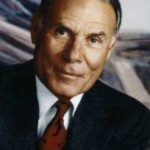
I’ll start with Frank Magid, the father of audience research in the media space. Frank was a super-savvy pragmatist from the Midwest (Cedar Rapids, Iowa, to be exact) who believed there was no problem you couldn’t solve if you just asked the right questions of the right people.
Frank preached that people’s perceptions and attitudes were telling; that if you could tap into their beliefs and emotions, you could develop products and marketing strategies that would effectively reach them. I heard him sum up his philosophy that the key to reaching a target demographic was uncovering their “health, heart, and pocketbook” priorities.
His likely response to this conundrum?
“You can’t market to them if you don’t measure them.”

I also had the honor of working for Rick Sklar back in the go-go 1970s when ABC Radio was one of the industry’s foremost companies. Rick had been the programming guru behind the legendary WABC during its heyday. When I joined the company, he was its dynamic and bombastic head of programming.
Rick didn’t mince words. He believed in the fundamentals of great radio, but also was a consummate entertainer. He was also a superb storyteller, and his tales about the Beatles and other stars were riveting.
When it came to research, Rick maintained that “truth” could be found in the pages of digits in Arbitron books. It was the yardstick of successful radio. If you played by the rules and excelled at the basics, you were likely rewarded with a “good book.” Rick was a big tent thinker. It was all about determining the best way to design and execute a mass appeal product. He didn’t enjoy niche or flanking formats. It was about being #1.
One of those fundamental beliefs was this:
“You fish where the fish are.”
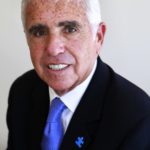
Then there was Mel Karmazin. I met Mel when Classic Rock was getting off the ground. At the time, he was running the high-flying Infinity Broadcasting group. Mel was into franchises – Howard Stern, the Dallas Cowboys – radio attractions that were big, bold, and cume urgent.
And he was not a huge fan of research. So, you can imagine some of the exchanges he and I had over more than a decade of me consulting some of his company’s biggest and best stations.
I heard this line from Mel – more than once:
“You need research? I’ll be your research. Go ahead – ask me a question.”
Three media icons with three different approaches of determining the target, figuring out what they want, and then giving it to them. But all three had a refined sense of who they were after.
Today’s radio industry would do well to learn from their long-time automotive partners.
In other words, study the behavior of your target. There’s no big mystery about where they’re spending their time – or their money.
But radio broadcasters could still take the easy way out. After all it has worked for nearly a century. Let the automakers do the heavy lifting – researching, branding, and marketing their cars to Millennials. When those young drivers get behind the wheel, they’ll discover AM/FM radio. Right?
There’s a big, ugly fundamental flaw with that logic. Decades ago, when young drivers got behind the wheel, started the car and looked at the dashboard, all they saw was this:
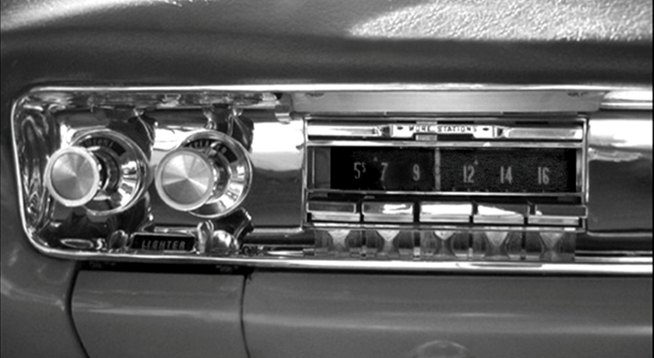
In a two knobs/five preset world, radio broadcasters had presence and primacy in every single vehicle that rolled off the assembly line.
Not so today.
As we’ve been carefully watching over the past dozen years or so, drivers (and passengers) are more likely to look at the dashboard in 2021, and see something more along these lines:
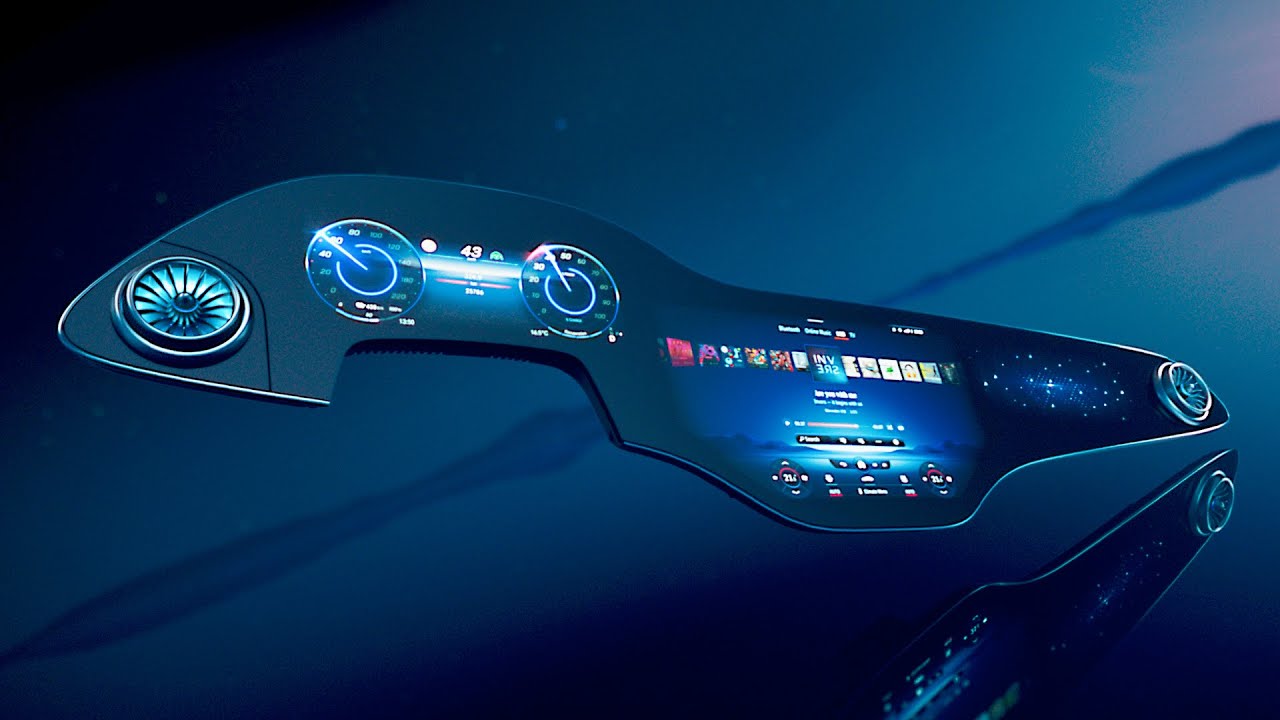
It’s Mercedes-Benz’s “Hyper Screen,” available in some of their electric vehicles this year, and likely being rolled out to their other “classes” of cars over time. It’s a mind-blowing “pillar to pillar” concept that offers the driver virtually everything. And it uses AI to “learn” the media she consumes most. After a while, that’s what ends up occupying the main display space.
Thus, if a Millennial or Gen Z isn’t listening to radio in the first place, AM/FM stations simply won’t show up on “Hyper Screen.” That’s quite a bit different when our grandparents – and great-grandparents – were buying cars when they were Millennials.
Today, the GMs, Toyotas, and Subarus have a heightened sense of serving their customer as well as monetizing a dashboard they’ve been giving away since the days of Henry Ford.
As the automakers now believe, kicking the youth opportunity down the road, and ignoring its dynamics will have a direct result: failure.
Radio broadcasters should be watching its long-time automotive partners with great interest, as the shift to younger consumers and reaching them via digital outlets become the norm.
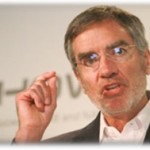
And perhaps, they should pay some attention to the #1 Most Powerful Radio Broadcaster in the entire industry.
I also had the honor of working with MTV back when it was the biggest phenomenon on television. In 1982, MTV’s CEO Bob Pittman saw the youth opportunity clearly:
“The strongest appeal you can make is emotional. If you can get their emotions going, make them forget their logic…you’ve got them. At MTV, we don’t shoot for the 14 year olds – WE OWN THEM,”
Smart words then.
Smart words now.
Fish where the fish are.
Thanks, Steve Goldstein.
- What Is It With Female Robot DJs? - April 30, 2025
- Why “Dance With Those Who Brung You” Should Be Radio’s Operating Philosophy In 2025 - April 29, 2025
- The Exponential Value of Nurturing Radio Superfans - April 28, 2025




I had a friend buy a new vehicle, recently. To his surprise, the car did not have HD radio. I’m afraid this may be a problem for the industry, moving forward.
Lara, HD penetration in new cars is better but still not ubiquitous. I have a new car that has HD Radio but it’s lacking the album art feature.
I have learned you have to ask a salesperson about HD Radio, and even then, they may not know what is. Not ideal.
late to the party here, but of the three names you cited from the past, only Frank Magid would have a chance in the current media landscape. Rick Sklar’s WABC approach and success aren’t possible with as many media options as there are and his reliance on Arbitron as his research source seems somewhere between trite and silly., and Mel’s, “you wanna know what to play, I’ll tell ya” strategy wouldn’t work either. “You wanna know what to post on TikTok, I’ll tell ya”. Nah. That should be a cautionary tale. So should the fact that the 14 year olds that radio didn’t want to program to in 1980 are now 55.
That Mercedes hyper screen should scare the sh*t out of radio.
Bob, they may have been different leaders for another time, each of whom excelled. I agree that in order to be competitive in today’s arena, it will require a new brand of leadership. When it was broadcaster vs. broadcaster, it was very much a different landscape.
And yes, the moment I saw that Hyper Screen, the more it predicts a very different in-car future. Here’s a video from MB that shows just how amazing it is. MB Hyper Screen